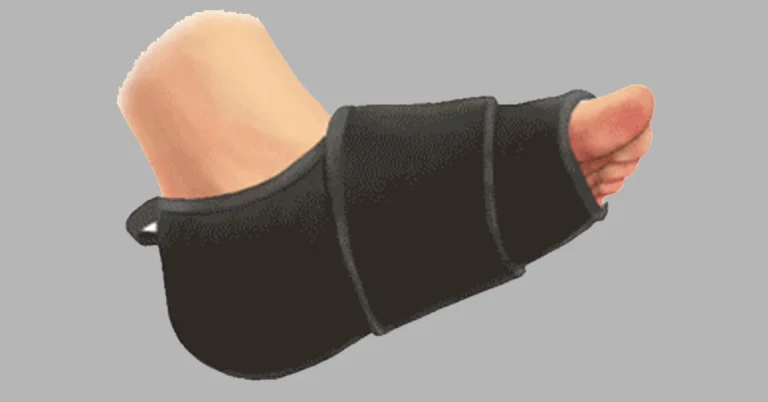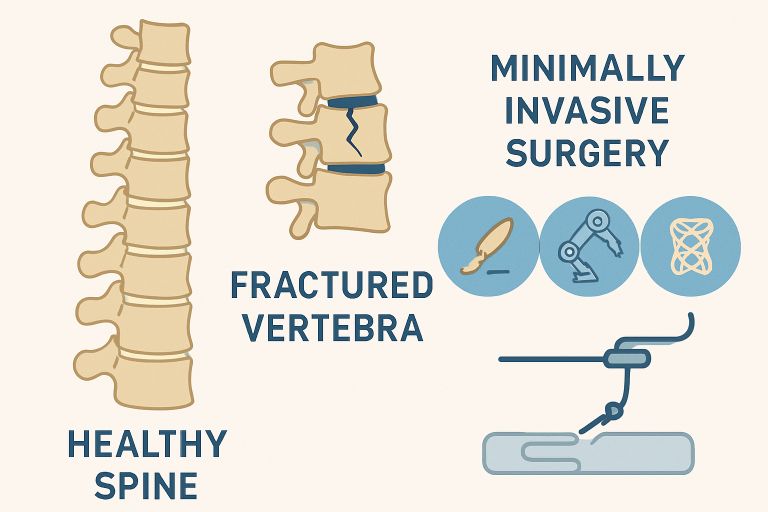In the world of medical technology, new and innovative treatments are continually emerging. One such treatment is BFST (Blood Flow Stimulation Therapy), which is designed to promote the healing of soft tissue injuries, alleviate chronic pain, and reduce inflammation. For individuals dealing with musculoskeletal conditions, sprains, strains, and other soft tissue injuries, BFST presents a promising non-invasive treatment option.
BFST uses a specific form of therapeutic device designed to increase blood flow to the area being treated. The increase in blood flow accelerates healing, reduces inflammation, and provides significant pain relief. This article explores BFST treatment in depth, examining how it works, its benefits, and the conditions it is effective in treating.
TRENDING
What Makes Texas Cuisine Special and How Private Chefs Enhance It
What Is BFST Treatment?
Blood Flow Stimulation Therapy (BFST) is a non-invasive treatment method that utilizes a device to stimulate blood flow to specific areas of the body. The therapy targets injured or damaged tissues to accelerate the healing process and reduce inflammation, thereby providing pain relief.
BFST devices typically work by using electromagnetic energy to stimulate the circulation of blood. The result is improved oxygen and nutrient delivery to the affected area, which accelerates tissue repair. Unlike traditional therapies like ice or heat, BFST can be used for longer durations and helps treat both chronic and acute injuries.
How Does BFST Treatment Work?
BFST works by increasing blood flow to an injured or painful area, which in turn aids the healing of soft tissues. The therapy involves the use of a specialized device that emits electromagnetic energy to trigger blood circulation. This energy stimulates vascular dilation, which allows for the better flow of oxygen, nutrients, and essential healing agents to the affected area.
Here’s how BFST works in detail:
Stimulating Blood Flow: BFST devices emit electromagnetic pulses or waves that stimulate the body’s blood vessels. This helps dilate the blood vessels in the injured area, increasing blood circulation. The more blood that flows to the injury, the faster healing occurs.
Enhanced Oxygenation: Blood carries oxygen, and oxygen is crucial for the repair of damaged tissues. With increased blood flow, more oxygen is delivered to the injured tissues, improving their capacity to heal.
Reduction of Inflammation: Chronic inflammation is a common issue with soft tissue injuries and conditions like tendinitis or arthritis. By promoting circulation, BFST reduces swelling and inflammation in the affected area.
Pain Relief: The improved blood flow aids in the delivery of nutrients that help the body repair itself, ultimately reducing pain and discomfort associated with injuries.
Benefits Of BFST Treatment
BFST provides several advantages for individuals suffering from soft tissue injuries or chronic pain conditions. Some of the key benefits of BFST include:
Accelerated Healing Process
The primary benefit of BFST is its ability to promote faster healing. Increased blood flow to the injured area speeds up the recovery process, reducing the time needed for healing compared to traditional treatments.
Pain Management
Chronic pain, especially from injuries or conditions like tendinitis or arthritis, can be difficult to manage. BFST provides effective relief by stimulating blood flow, which helps reduce inflammation and pain in the affected area.
Non-Invasive Treatment
BFST is a non-invasive therapy, meaning it does not require surgery or injections. This makes it a more attractive option for individuals who wish to avoid more aggressive treatments.
Reduction of Inflammation
Inflammation is a common cause of pain and discomfort in many musculoskeletal injuries. BFST helps reduce inflammation, which not only alleviates pain but also accelerates recovery.
Improved Range of Motion
By promoting healing and reducing pain and inflammation, BFST helps restore normal function and mobility to injured areas. This can improve the range of motion in joints and muscles, particularly after soft tissue injuries.
Safe and Effective for Chronic Conditions
BFST is not only useful for acute injuries but also for chronic conditions such as tendinitis, bursitis, and other repetitive stress injuries. It can help individuals manage long-term pain without relying on medications or invasive procedures.
Conditions Treated With BFST
BFST treatment has been shown to be effective in treating a wide range of musculoskeletal injuries and conditions. Some of the conditions that can benefit from BFST include:
Tendinitis
Tendinitis occurs when the tendons become inflamed due to repetitive motion or overuse. BFST helps by improving blood circulation to the tendons, reducing inflammation, and aiding in the healing process.
Sprains and Strains
Injuries like sprains (ligament injuries) and strains (muscle or tendon injuries) can be treated with BFST. By stimulating circulation, BFST accelerates healing and reduces pain.
Bursitis
Bursitis is the inflammation of the fluid-filled sacs (bursae) that cushion the joints. BFST can reduce inflammation in the bursae and alleviate the discomfort associated with this condition.
Arthritis
Arthritis, especially osteoarthritis, can cause pain, swelling, and stiffness in the joints. BFST helps by improving blood flow, reducing inflammation, and relieving pain in arthritic joints.
Chronic Muscle Pain
For individuals suffering from chronic muscle pain or fibromyalgia, BFST can provide pain relief by improving circulation to the affected muscles and tissues.
How To Use BFST Treatment?
BFST is typically administered through a specialized device that is designed to be applied directly to the skin over the injured or painful area. Here’s a general guide on how to use BFST treatment:
Position the Device: The BFST device is placed on the affected area, either directly over the injury or pain point. It should be applied gently without excessive pressure.
Set the Timer: Most BFST devices come with a built-in timer. Sessions typically last between 15 to 30 minutes, depending on the severity of the injury and the manufacturer’s recommendations.
Repeat Sessions: BFST treatment is most effective when used consistently. Users may be advised to use the device several times per day, depending on their condition and the guidance of their healthcare provider.
Comfortable Sensation: During the treatment, users may feel a gentle warming sensation or a mild tingling, but it should never be painful. If discomfort arises, the treatment should be stopped immediately.
Is BFST Safe?
BFST is generally considered safe when used according to the manufacturer’s instructions and under the guidance of a healthcare professional. It is a non-invasive therapy, and there are minimal risks associated with its use. However, individuals with certain conditions, such as deep vein thrombosis (DVT) or pregnancy, should consult their doctor before using BFST.
It’s also important to note that while BFST can provide significant pain relief and accelerate healing, it should not be used as a replacement for other medical treatments, especially in severe or acute conditions. Always consult with a healthcare professional to determine the best course of treatment for your specific condition.
Conclusion
BFST (Blood Flow Stimulation Therapy) is an innovative and effective treatment for soft tissue injuries, chronic pain, and inflammation. By stimulating increased blood circulation, BFST accelerates healing, reduces pain, and improves the range of motion in affected areas. Whether you’re dealing with sprains, strains, tendinitis, or arthritis, BFST offers a safe and non-invasive solution that can provide long-term benefits.
While BFST is a great addition to pain management and rehabilitation, it should be used as part of a comprehensive treatment plan, and it’s always a good idea to consult a healthcare provider for personalized advice.

 Blog7 months ago
Blog7 months ago
 Entertainment7 months ago
Entertainment7 months ago
 Technology3 months ago
Technology3 months ago
 News7 months ago
News7 months ago
 Blog7 months ago
Blog7 months ago
 Blog7 months ago
Blog7 months ago
 Blog7 months ago
Blog7 months ago
 Technology7 months ago
Technology7 months ago




